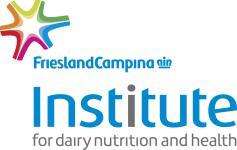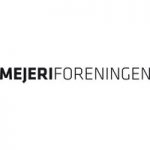Sustainability research

The place of animal products in a sustainable diet
In June 2021, this article was published in the Norwegian Food Magazine. The article was written in collaboration with members of the Dutch Dairy Organization (NZO) and Wageningen University & Research.
Introduction:
Replacing animal-based foods with plant-based foods does not necessarily lower the diets carbon footprint. Sometimes replacing certain foods leads to counter-intuitive results, because a switch of a few food items can affect nutritional value and the carbon footprint significantly. In addition, a healthy and sustainable diet should also be cultural and economic acceptable for consumers. Altogether, this makes composing a sustainable diet a delicate balance between these factors. Modeling with the quadratic programming tool, developed in the Netherlands, Optimeal® helps to understand the impact of changing food choices on health, ecological impact and food prizes.

How do we reduce the ecological footprint of our plate?
In collaboration with the Dutch Dairy Organization (NZO), we have published an article in Nutrition Magazine 1-2017 based on our initial research results.
Introduction:
Eating healthy and sustainable is not as easy as it seems.
"Eat less animal and more vegetable" does not necessarily turns one's diet into a
more sustainable diet. This article is based on
calculations with the Optimeal® program. We looked at which
sustainability rules serve their purpose the best

Health central to a sustainable diet
This article was written in collaboration with the Dutch Dairy Organization (NZO) and Wageningen University Research. Published in Nutrition Magazine 2/3-2020.
Introduction:
The scientific preconditions of a more sustainable diet is becoming
increasingly visible. One of these is health. But also the
price of groceries for consumers should not rise too much. Calculations with Optimeal® provide in-depth knowledge of
a healthy, feasible and affordable sustainable diet.
Live tool
During our sustainability research, we developed a tool that makes our results visual. By using the tool, which is shown on the right, the user can experiment with our data 'live'.
The tool displays a diet that meets all dietary recommendations. Shifting a food group shows you how much of the remaining food groups you should be eating to meet all recommendations. The price and CO2 emissions of the new diet are also displayed on the right. This way you can see the impact of changing a diet.
Our clients
-

- Dutch Dairy Organisation
-

- FrieslandCampina Institute
-

- European Milk Forum
-

- Danish Dairy Board